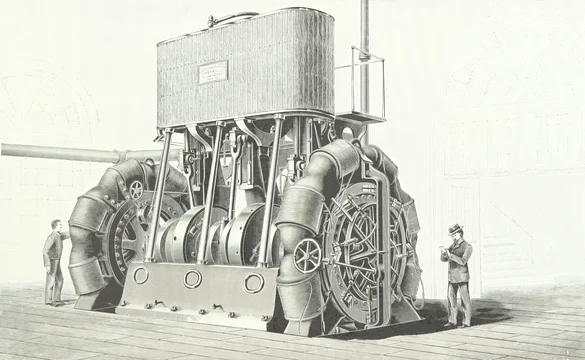
As we laid out in Friday's post, there was a hearing today in Rein Tech, Inc. v. Mueller Systems, LLC, C.A. No. 18-1683-MN (D. Del.) regarding another potential protective order violation. The defendant in Rein alleged that the inventor (who has seen AEO information) has continued to prosecute another patent application in the same field, despite the prosecution bar in the Court's protective order.
Update on Today's Hearing
The Court opened the hearing today by announcing that it intended to grant the defendant's SJ motion of non-infringement. Shortly thereafter, counsel for the patentee informed the Court that the patentee is now willing to …


